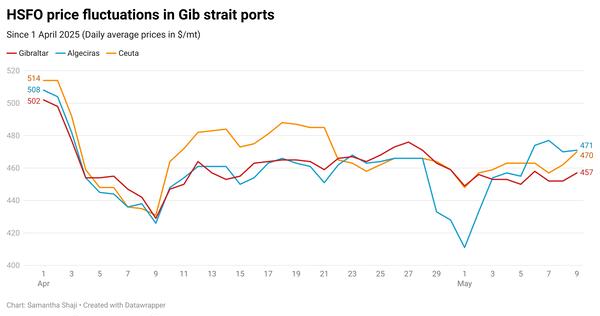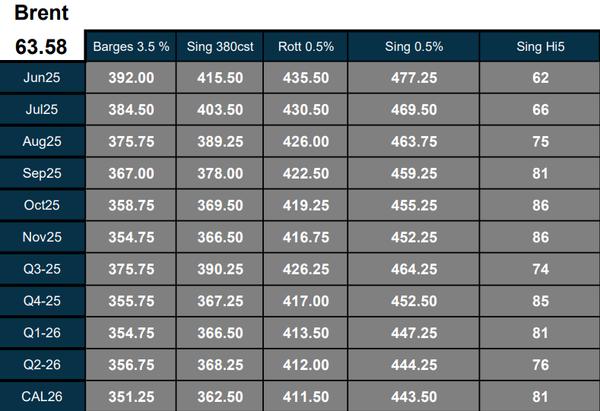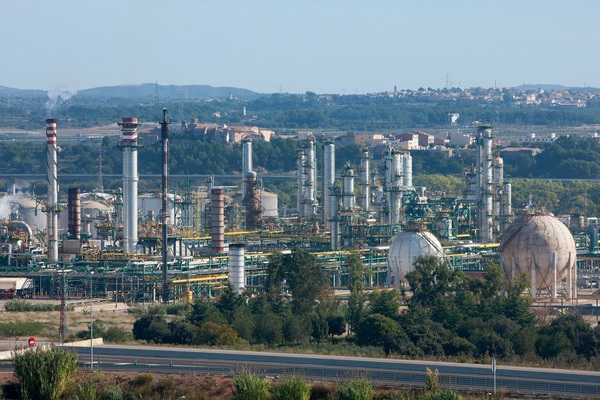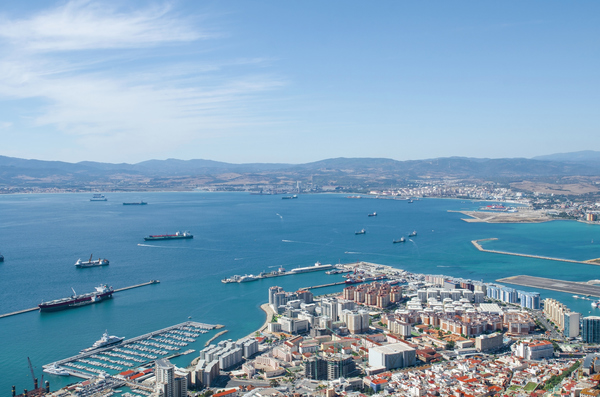The Week in Alternative Fuels 22 September 2023
In a week of sobering emission statistics, several European ports have announced intentions to enable ships operating in Europe to reduce their growing aggregate greenhouse gas (GHG) footprint.
 PHOTO: Tanker in Port of Rotterdam at night. Getty Images
PHOTO: Tanker in Port of Rotterdam at night. Getty Images
A new Transport & Environment (T&E) study has found that ships visiting European ports emitted nearly 135.5 million mt of carbon dioxide (CO2) in 2022, an upward revision from the 130 million mt reported in July. T&E’s shipping manager Jacob Armstrong urged action “after decades of doing nothing” to reduce Europe's shipping emissions, which have surpassed pre-pandemic levels.
Amidst T&E's call for action, several European ports stood out this week with announcements that could help ships reduce their carbon footprints.
A Danish consortium comprised of the Port of Roenne, wind energy giant Ørsted and carbon capture tech firm Topsoe discovered potential to produce green hydrogen and ammonia on Denmark's Bornholm Island in the Baltic Sea. In an EU-funded study they found that the island's upcoming 3-gigawatt (GW) wind power project can provide enough power to produce green hydrogen and ammonia for bunkering.
Terminal operator Zuidnatie, ship operator UAL and UK-based startup Zenobe initiated a battery-based shore power project at Zuidnatie's cargo terminal at Port of Antwerp-Bruges. Zuidnatie said the battery was initially connected to two backup generators. Capacity will be scaled up eventually, with batteries connected directly to Zenobe's solar grid to eliminate the need for backup generators.
The Port of Rotterdam Authority and Dutch inland shipping operator PortLiner will build an electrolyte bunkering station in Rotterdam. From there, PortLiner will supply flow batteries to inland vessels. Flow batteries combine the features of a conventional battery and a fuel cell. They store electricity in liquid electrolytes and can be charged with renewable energy to power vessels.
The port authorities of Singapore and Rotterdam have also garnered attention for their pledge to help shipping reduce its GHG emissions by 20-30% by 2030, compared to 2022. The ports and their 20 green corridor partners will strive for a 30% cut by supporting uptake of greener marine fuels like bio- and synthetic methanol and ammonia. The targeted reduction amount follow's the IMO's recently revised GHG strategy, but has a much more recent baseline year than the IMO's 2008, which means that the absolute reduction cuts will be greater for the ports if both aims are met.
By Konica Bhatt
Here is our selection of top five alternative fuels stories from this week:
European shipping's CO2 emissions were higher in 2022 than reported in July - T&E
EU-funded study opens Denmark's Bornholm to green marine fuel production
Zuidnatie terminal tests novel shore power system at Port of Antwerp-Bruges
PortLiner to build electrolyte bunkering station in Rotterdam
Rotterdam, Singapore and partners pledge 20-30% shipping emission cut by 2030

Contact our Experts
With 50+ traders in 12 offices around the world, our team is available 24/7 to support you in your energy procurement needs.




